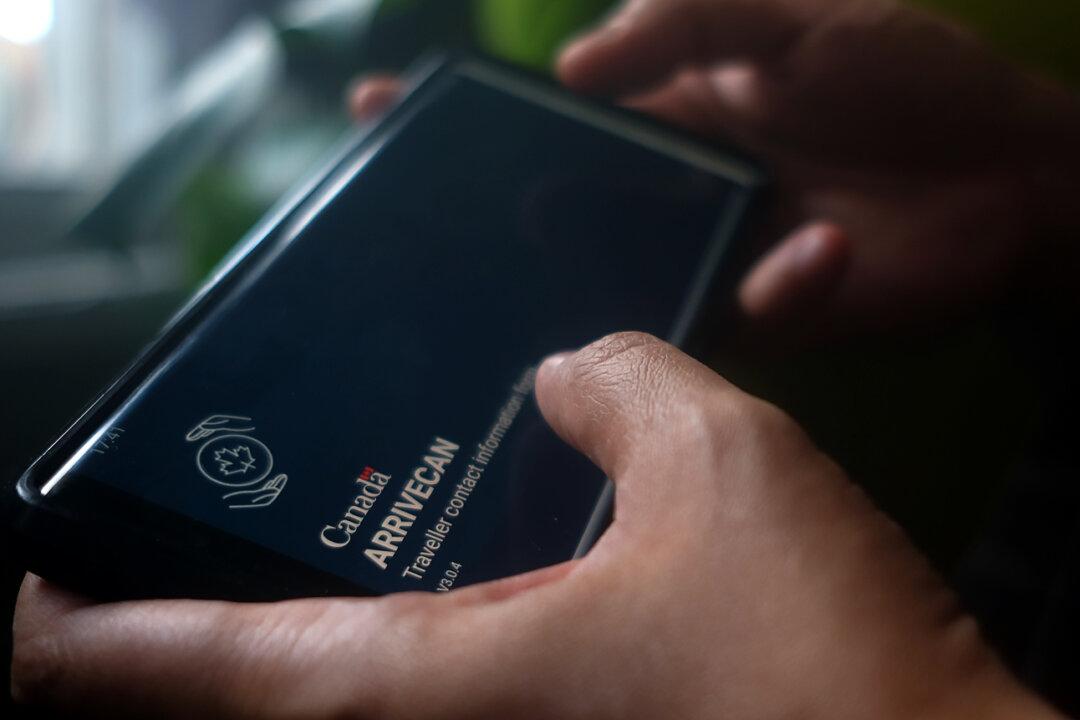The number of travellers who use ArriveCAN to enter Canada has dropped significantly since the program was made voluntary, even though the government has been increasing the number of airports the app can be used in, according to a new paper tabled in the House of Commons.
The paper, dated June 2, indicates that since the federal government dropped the mandatory requirement for ArriveCAN in September 2022, the majority of air travellers are not using the program. The service was initially only available at the Vancouver, Toronto Pearson, and Montreal airports.





